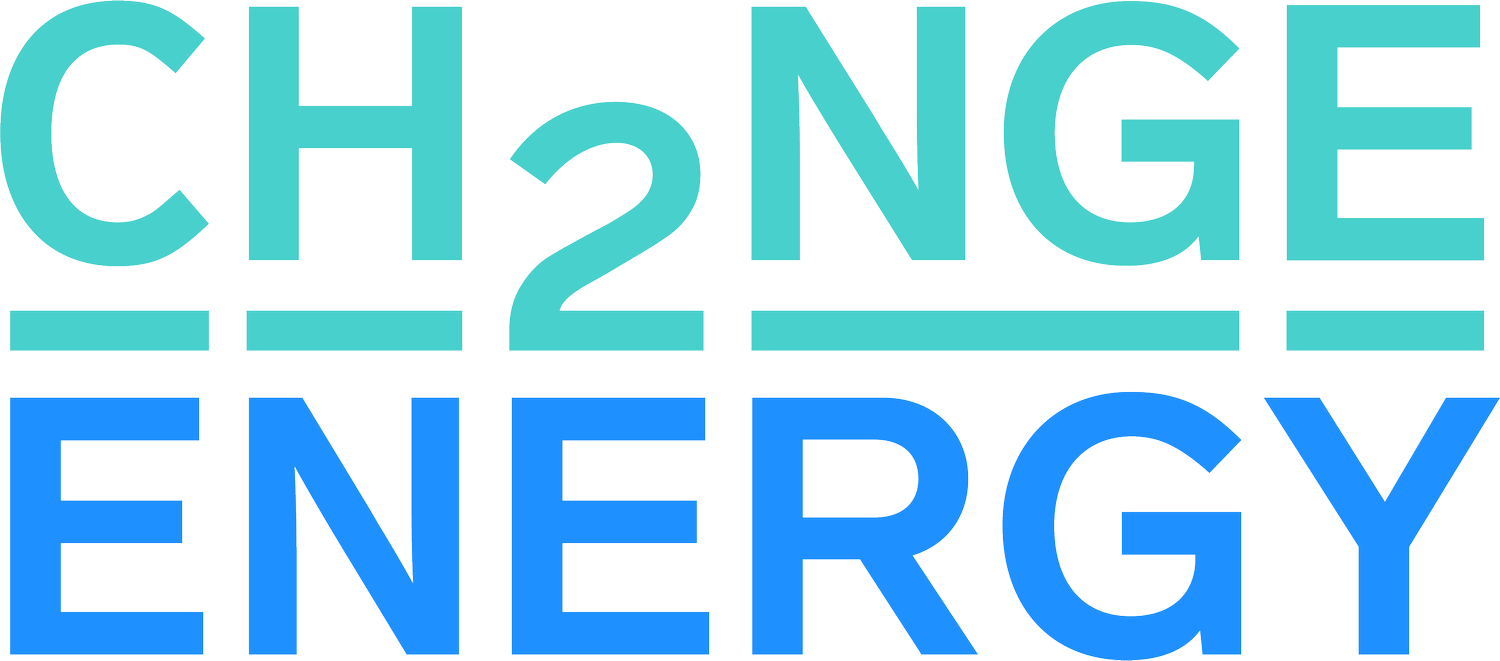Passenger Automobile and Light Truck Greenhouse Gas Emissions Reduction Technology Review
Prepared for: Pollution Probe
2022
This report presents the findings of detailed series of investigations undertook by Change Energy and Pollution Probe, in which recognized experts and thought-leaders in automotive technology innovation from around the world were consulted. The research was driven by two basic questions:
What is the potential of emerging advanced vehicle technologies to reduce GHG emissions, considering Canadian operating conditions and market preferences?
What are the estimated costs and payback times of advanced vehicle technologies for consumers?
The focus of the study is on advanced combustion engine and powertrain technology (i.e., not plug-in or fuel cell electric vehicle platforms) applied in the light-duty vehicle market, and the scope includes developments in reducing heat-loss within engines, increasing compression ratio, reducing ancillary loads on engines and improving drivetrain efficiency. A key finding was an apparent divergence in fundamental design philosophies between two competing technology development pathways within the industry, in which aggressive hybridization is pit against aggressive engine downsizing enabled by advanced turbocharging.

